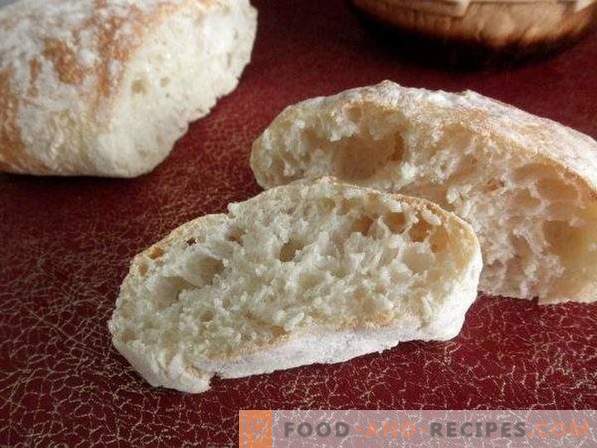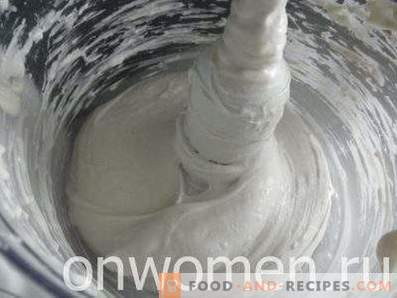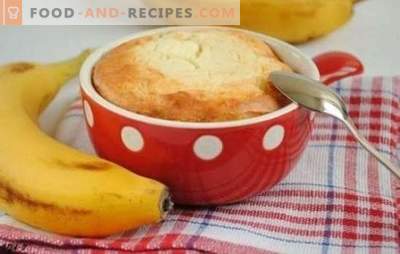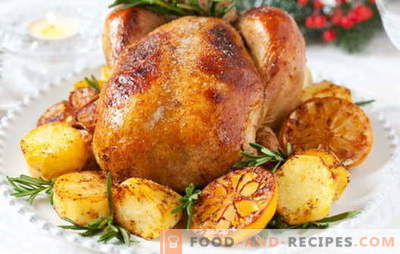
The original Italian ciabatta is a bit difficult to prepare - the dough has to be set for a long time or the brew is prepared for it, and it is also very important not to overdo it (and if you put the dough overnight, it is very easy to overdo it). Fortunately, homemade bread lovers do not get tired of experimenting, and although not much time has passed since the invention of ciabatta (on a historical scale), the chefs have already come up with “lightweight” recipes for these delicious, incredibly perforated sandwich loaves.
Ingredients (for two loaves):
- water - 225 ml;
- dry yeast - 3, 5 g;
- salt - 1 tsp;
- flour - 250 g.
Ciabatta cooking time from regular flour: 3-4 hours.
Cooking
1. The original recipe for ciabatta is flour with a high content of c. If you have one on hand (protein percentage 13 and higher), it is better to take it. But if there is no such, boldly take the usual - everything should work out.
But without which it is impossible to do - this is without a combine with the function of kneading dough or without a powerful mixer. The secret of large pores, which distinguishes ciabatta, lies partly in the kneading, and it will be very difficult to mix the dough with your hands. So, mix all the ingredients in the bowl of the combine (take warm water) and turn it on in batch mode at full capacity. Knead 10 minutes.

2. If the instructions for a combine or mixer indicate that it can be used at full power only in a pulsed mode, take breaks (repairing an engine will cost more than two loaves of bread).
When mixing, the dough is first very liquid.

3. At the end of the kneading, it thickens, becomes sticky and envelops the blades tightly. This structure suggests that the dough is kneaded well.

4. Now we leave it to part. You can leave it right in the bowl, if its volume is sufficient, but it is better to shift it to a deep bowl. Cover the dough with cling film and set in a warm place.
It will leave for 2-3 hours and ideally many bubbles should appear on its surface. But even if the dough does not bubble much, do not worry - everything is in order.

5. Divide the rising dough into two parts and shift it onto a well-floured table (it is very sticky). On top of the flour, you can pour a layer of cornmeal or semolina. We try to form oblong blanks from dough. We sprinkle flour well on top, put food wrap, cover with a towel and leave for 40-50 minutes.

6. During this time, we preheat the oven well to 250C.
Bread rolls are transferred to parchment, sprinkled with flour, put on a hot baking sheet and sent to the oven. It is better to carry the dough using a special wide blade so that it does not deform much and does not lose the air accumulated inside.
We bake 10-15 minutes at 250C, then reduce the temperature a little. At high temperatures, a dense crust immediately forms on the surface of the dough, which prevents air from escaping, and the loaves just swell before the eyes (at this time large pores form inside them).
Ready-made ciabatta should be well-browned.












































